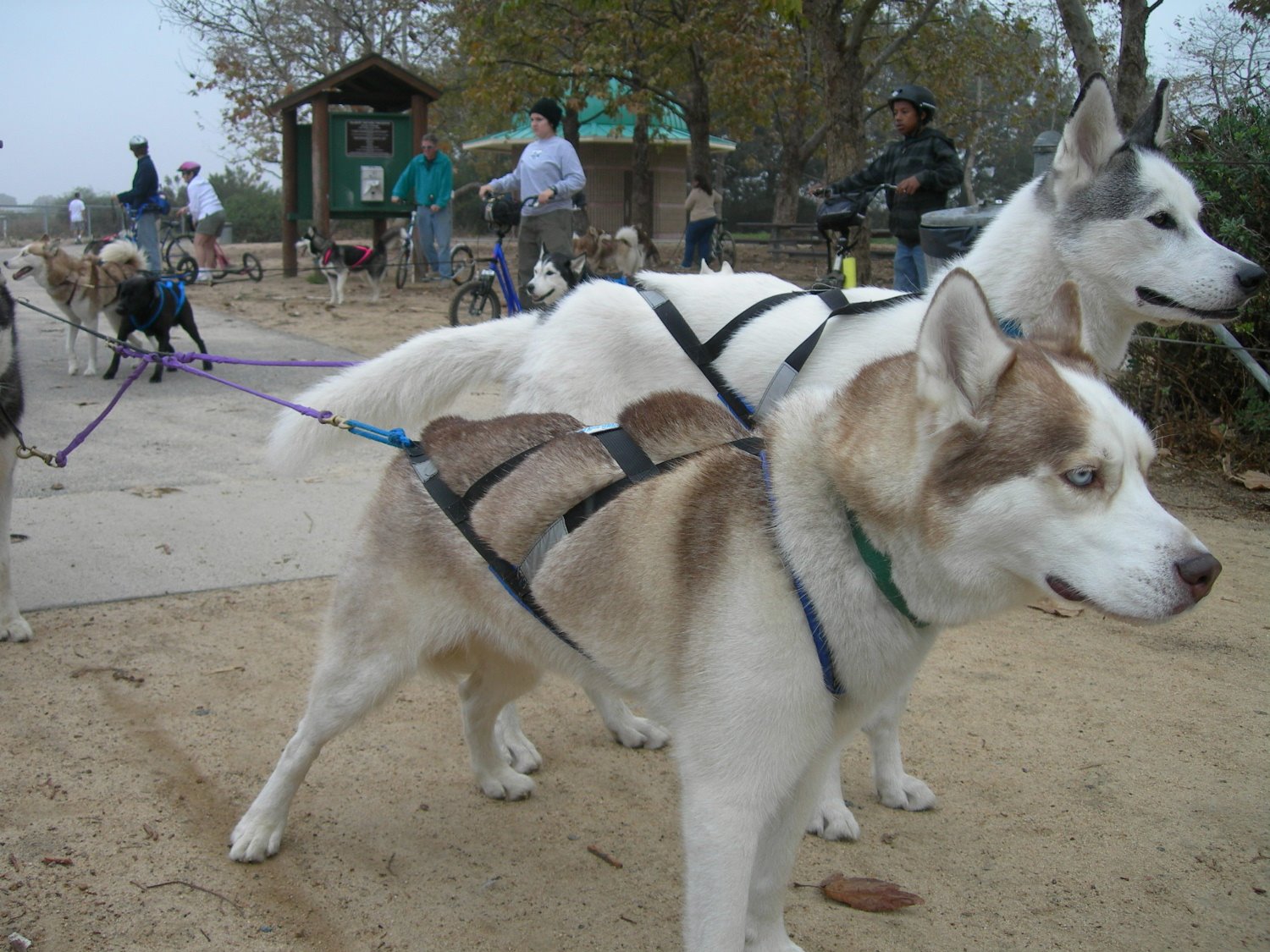How to Measure for a Harness

This link shows you how to measure for an xback harness:
Measurement Guide - For X-Back HarnessThe first step is to locate the dog's breastbone, which is located below their throat, somewhere above their front legs (basically, right above their chest area). It also helps to have someone hold your dog while you are taking measurements as the dog needs to stand straight while you are doing this. Take 3 or 4 measurements and average it out. If ordering from Alpine, let them know the breed and weight of the dog as a way by which they can tell if your measurements are way off or not. Email them a picture too if you wish.
Measuring around the neck is not the same as measuring for a collar. Basically, the dog will not be pulling from its neck but rather from its chest and shoulders. If the neck measurement is too small, then the neck portion of the harness will not be supported by the breastbone and will sit on the dog's throat, giving him a choking discomfort when he pulls. If the neck measurement is too large, then that portion will now overflow to the shoulders, which will constrict the dog's movement when he runs.
If the Urban Trail Harness is more your style, this is the link for measuring for the Urban Trail Harness (UTH):
Measurement Guide - For Urban Trail & Flyball HarnessesWith the UTH, measuring for the neck is the same as you would on the xback. Measuring for the girth is fairly easy --- just look for the widest part of the dog's body and measure around it.
What gets confusing sometimes is measuring the mid-rib. The mid-rib measurement is basically the length measured from the top of the breastbone to where the sternum ends. It does not have to be exactly to that point. You want to avoid having that measurement be too long that it goes beyond the sternum or too short that it ends up being directly behind the dog's front arm pits. If the MR measurement is too long, then the strap around the girth will be sitting on the dog's belly instead of being fully supported by the dog's rib cage. If it's too short, then it will be chafing the dog's arm pits.